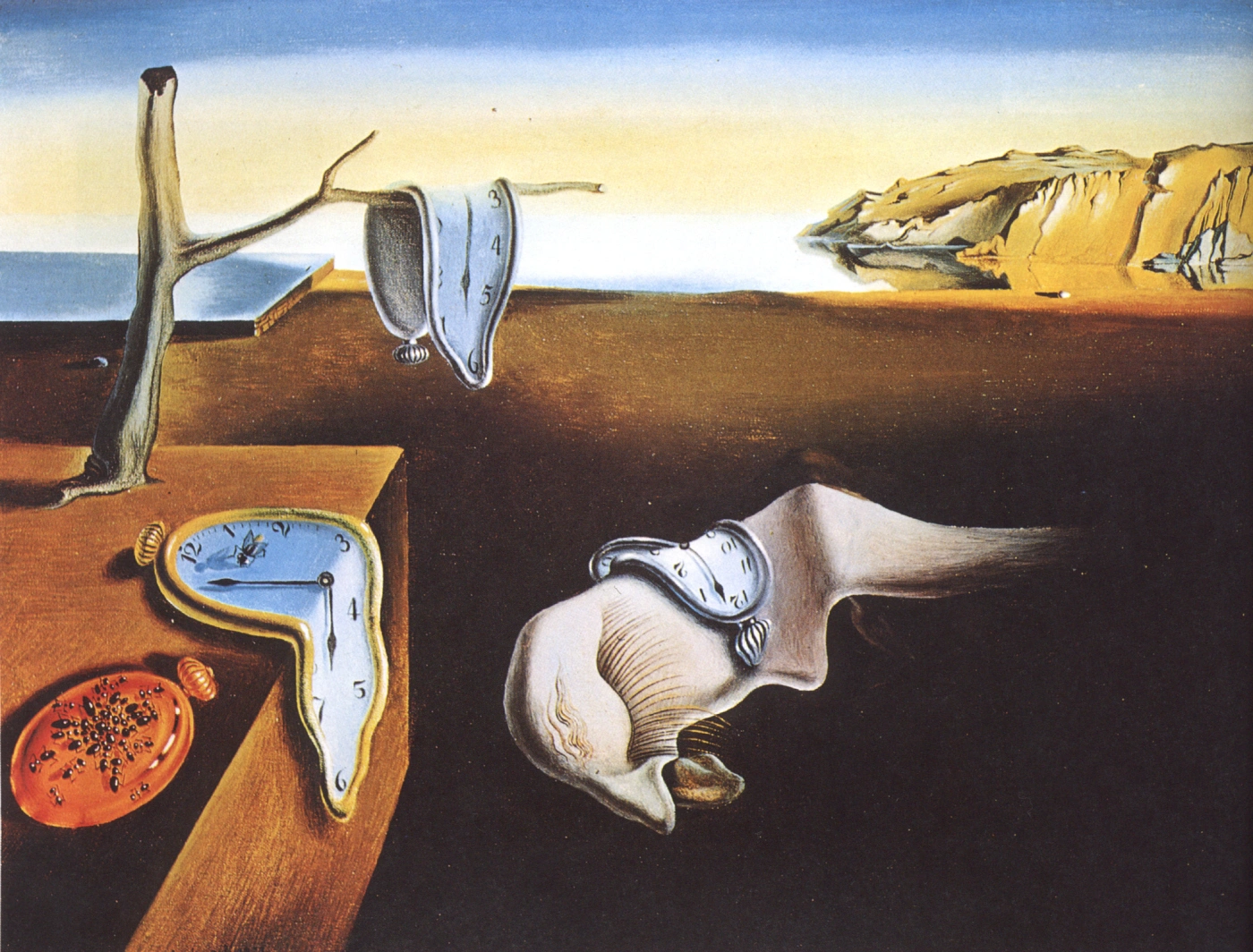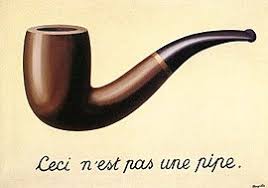Remix 1: Everything is Remix
- Corrina Crazie Espinosa
- Aug 15, 2024
- 7 min read
Updated: Sep 7
Who Invented the lightbulb?

HINT:
The "inventor" said, "Genius is one percent inspiration, ninety-nine percent perspiration."
Is this true, though?
Have you ever heard of these guys?
Humphry Davy - 1802 (electric light)
James Bowman Lindsay - 1835 (glass)
Heinrich Geissler - 1856 (tube)
Nikola Tesla - 1880's (wireless)
The guy who gets the credit.....
The lightbulb is a symbol for ideas... this is not lost on me.
A very quick timeline on the evolution of lighting....
The point is at each iteration the "inventor" copied an older idea, was critical of it and thought of how to make it better, transformed it, combined it with other ideas and passed the work on to the next generation to further perfect it.
That is REMIX at work in tech/innovation, and that is how we progress as a civilization.
What do you think Remix means in:
Music
Literature
Media
Visual Arts
Remix Defined

Remix is the process of altering existing material or ideas, like music, video, text, or visual art, to create something new. It involves adding, removing, or modifying elements to produce a different interpretation or highlight new aspects of the original work. Remixing is linked with creativity and innovation, transforming familiar content into a fresh context or perspective.
Remixing reflects the idea of building on existing work to innovate and explore new creative possibilities.

Remix Everyday
Since the dawn of human civilization, culture and everyday life has evolved as a continuous remix of ideas, where each generation builds on the foundations laid by those before them. We see it in all forms of culture-- symbols, language, norms, values, beliefs, and artifacts; essentially, these are the shared ideas, behaviors, and material objects that define a society's way of life, including customs, traditions, and rituals.
How do you see this remix of ideas in:
language
symbols
beliefs
artifacts
This process of borrowing, expanding, and transforming existing concepts has been central to the cultural and societal development, but we also see it in human development in the individual. Think about how we learn to:
talk
cook
compose
make art
How remixing is creative:

"Everybody who creates copies, transforms, and combines. Your source material might be media, like movies, books, and music, or it might be your life, like conversations, experiences, or even imagined experiences." --Kirby Ferguson."
Copy
We all start with this simple activity as small children: copy. Monkey see, monkey do. It begins with copying the words we hear and the patterns we see. Copying is the foundation of all knowledge and it’s the foundation of creativity.
Transform
As we copy, we transform without even meaning to. We can’t copy perfectly, so we do the best we can and inadvertently generate a style. But quite soon, we transform intentionally. We twist our inspiration to make it more like what we envision.
Combine
Combine is the most powerful element of this framework. We merge our sources into a new thing. This is where the biggest creative leaps are made, especially when we connect seemingly unrelated things.
What do you think of this perspective on creativity?
History of Remix
The word remix was first used in the early 1600s, with the earliest evidence being in 1613 in a translation by Thomas Lodge. The word is derived from the Latin lexical item and is made up of the prefix re- and the verb mix. Lodge, an English writer and medical practitioner whose life spanned the Elizabethan and Jacobean periods, refers to the “remixing” of the soul as the path to greater good.
Most of the time, when you research the history of "remix," you will see that while the term was coined much earlier, the concept of remixing is ofter thought of to be "originally" traced back to the 1960s and 1970s... I think we will find that it can go back a lot further, but let's look at it from this more literal interpretation.
This video is by Kirby Ferguson (same guy as above).
The video is broken down into 4 parts:
Music - 0:00
Movies/Stories - 15:22
Video Games - 31:07
Tech, Innovation, AI - 41:44
After we look at the big picture of AI art in contemporary pop culture, we will take it back to the world of visual art, and look at Remix in Modernism, Postmodernism and beyond!
I want you to continue to think about the future, and this is a theme that we will keep coming back to over the course of this class. I want you to see yourselves at the helm and know that you are the ones who get to set the course for what comes next in Art...
But first, let's look backwards just a little bit further than the 1960's & 70's...
Remix in Art History
From the beginning of human civilization, just a in all other forms of culture, Art has developed through a constant recombination of ideas, with each new generation expanding on the groundwork set by their predecessors. This practice of borrowing, extending, and reshaping of ideas and concepts has played a pivotal role in the advancement of Art, enabling it to evolve and adapt to the dynamic world around it. In the realm of academic art, understanding this lineage is essential to appreciating how movements emerge, influence one another, and ultimately shape the trajectory of cultural expression. Here is a "quick" timeline highlighting where we can see this "borrowing" of ideas:
The Renaissance, from the 14th to the 17th century, was a period of renewed interest in classical knowledge from Ancient Greece and Rome. Artists like Leonardo da Vinci and Michelangelo drew inspiration from classical sculptures and texts, incorporating contemporary perspectives to advance both technique and expression.
Michelangelo's "David" reinterpreted classical statues like the "Doryphoros" by Polykleitos, infusing new emotional intensity and detail reflective of the Renaissance's humanist values. This remixing of classical ideas showcases how art movements evolve through the reinterpretation of earlier contributions, fostering new innovations.
1. Greek, 590 B.C.E.
2. Polykleitos, Doryphoros (Spear-Bearer) or Canon, 450 B.C.E. remake (major shift)
3. Roman marble copy of a Greek bronze, c. 450–440 B.C.E.
3. Michelangelo's David from 1504 C.E.
A remix of David's across time-- all remixes of each other and a biblical story:

The Impressionist movement of the late 19th century was a reaction and remix of Realism, aiming to capture fleeting modern moments and sensory experiences, breaking from traditional fantasy and allegory. Inspired by modern "journalism," artists sought to expose the truth of everyday life.
Claude Monet, a key Impressionist, went beyond Realist observation by focusing on light and color in "Impression, Sunrise" (1872), creating a subjective interpretation with loose brushstrokes. This shift from detailed representation to capturing an impression was a direct challenge to Realism, showcasing the evolution of art movements through remixing styles.
John Gast, “American Progress,” 1872.
Gustave Courbet, The Stone Breakers, 1849 (destroyed in World War II)
Claude Monet, Impressionist Sunrise, 1872
Claude Monet, The Parc Monceau, 1878
Things to think about....
One led to the other through reaction and remix
Romanticism --> Realism --> Impressionism --> Impressionism is considered to be the first avant-garde movement of the Modernist period
Dada and Surrealism: The Remix of the Absurd
The Dada movement of the early 20th century represents a radical remix of artistic norms. Emerging during World War I, Dada artists rejected the logic, reason, and aesthetic principles that had dominated Western art. They sought to create art that was irrational, absurd, and often politically charged as a form of protest against the horrors of war and the societal values that had led to it. They started the trend of true visual remix with the popularization of photomontage and collage and other forms of generative art.
Visual sampling!
Artists like Marcel Duchamp, with his famous readymade "Fountain" (1917), redefined what could be considered art by appropriating everyday objects and presenting them in a new context. This act of remixing the mundane into the realm of high art challenged the traditional notions of authorship and originality, setting the stage for the Surrealist movement that followed.
Surrealism, led by artists like Salvador Dalí and René Magritte, took the Dadaist embrace of the irrational and combined it with a fascination for the unconscious mind, as influenced by Freud's theories. Dalí's "The Persistence of Memory" (1931) exemplifies this blend of Dada's absurdity with dreamlike imagery, creating a new visual language that explored the depths of the human psyche. This progression from Dada to Surrealism highlights how art movements are interconnected, each remixing and expanding on the ideas that came before.
1. Marcel Duchamp, Fountain, 1917
2. Salvador Dalí , The Persistence of Memory, 1931
3. René Magritte, The Treachery of Images, 1929
Things to think about....
How did this set the stage for things to come?
Postmodernism and Appropriation: The Art of Remixing Itself
In the latter half of the 20th century, Postmodernism emerged as a movement that explicitly embraced the concept of remixing. Postmodern artists like Andy Warhol and Richard Prince made appropriation—a form of remixing—a central theme of their work. Warhol's iconic "Campbell's Soup Cans" (1962) series, for instance, appropriated the imagery of consumer culture to blur the lines between high art and mass production, challenging traditional hierarchies of artistic value.
Similarly, Richard Prince's "Untitled (Cowboy)" series from the 1980s involved re-photographing images from Marlboro cigarette advertisements, questioning notions of originality, authenticity, and blurring the lines of authorship to this day. By remixing existing media, these artists commented on the pervasive influence of popular culture and mass media in contemporary society, demonstrating how remixing can be a powerful tool for critique and innovation.
Warhol's iconic "Campbell's Soup Cans" (1962)
Richard Prince's "Untitled (Cowboy)" series from the 1980s
Things to think about....
How far is too far in remix? Is there a boundary?
We will take a deeper dive into these concepts and artists and continue to explore artists that push the boundaries of remix.
Conclusion: The Continuous Evolution of Art
Art is, and always has been, a remix. From the Renaissance's revival of classical ideals to Postmodernism's embrace of appropriation, each movement is a testament to the ways in which artists borrow, transform, and expand upon the ideas of the past. This process of cultural and artistic remixing is not a sign of unoriginality but rather a fundamental aspect of human creativity. By building on what came before, artists can push boundaries, explore new possibilities, and contribute to the ongoing evolution of art.
As we continue to engage with and reinterpret the past, we ensure that culture and art remain dynamic, responsive, and ever-progressing—a testament to the power of remix in shaping the world we live in.

Homework: Create 5-15 AI images (minimum), print them and bring them to class with other collage materials of your choosing.
Bring anything you would like to include in your collage, can be wallpaper, magazine, ads, news, stickers, sketches, scraps, 2D, 3D, bring things to share!
I will have cutting tools, glue, and paint markers. Let's have fun!








































Comments